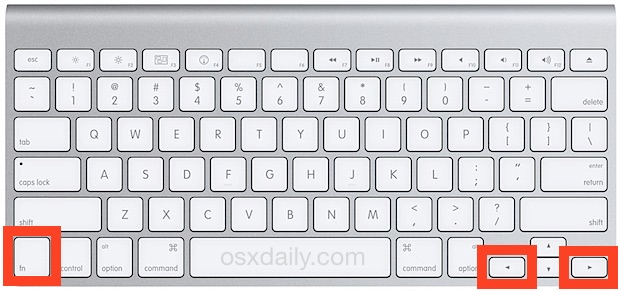AWD vs 4WD in Snow and Ice: The Ultimate Battle for Traction

Introduction
Driving in snow and ice can be a daunting experience, especially when choosing the right kind of vehicle with the best traction system. All-wheel drive (AWD) and four-wheel drive (4WD) are the two most popular options, but which one is better for such conditions? In this article, we will explore the differences between AWD and 4WD in handling snowy and icy roads.
AWD: The Basics
All-wheel drive systems continuously send power to all four wheels by automatically adjusting the torque distribution. This provides optimum traction on wet, slippery roads without any driver input. AWD vehicles tend to perform better during initial acceleration on icy surfaces because they can instantly adapt to changing road conditions.
However, AWD doesn’t necessarily make a vehicle invincible in snow and ice. It does not offer additional ground clearance or improved tire traction, so dedicated winter tires are still recommended for optimal performance and safety.
4WD: The Rundown
Four-wheel drive systems, on the other hand, usually require driver engagement to activate manually. They distribute power evenly to all four wheels while locked, giving them better off-road capability. 4WD also provides low-range gearing for difficult terrains like deep snow or steep hills.
However, 4WD systems lack the continuous torque adjustments found in AWD vehicles. Because of this, a 4WD vehicle may have reduced handling capabilities on slippery surfaces compared to its AWD counterpart.
Traction Control Systems
In addition to the drivetrain design, modern vehicles come with various traction control technologies that assist drivers in challenging conditions. Electronic stability control (ESC), antilock braking system (ABS), and limited-slip differentials are just a few examples. These technologies compliment AWD and 4WD systems by helping prevent wheel spin and maintain vehicle stability on snow and ice.
Winter Tires
Regardless of whether you choose an AWD or 4WD vehicle, it is crucial to equip your car with proper winter tires. These tires are specifically designed to provide increased grip, improved handling, and shorter stopping distances on snowy and icy surfaces. Combining AWD or 4WD with a good set of winter tires can significantly improve your vehicle’s performance and safety in harsh winter conditions.
Conclusion
Choosing between AWD and 4WD depends on numerous factors like your driving habits, the type of terrain you frequently encounter, and your budget. As a rule of thumb, AWD vehicles offer better handling and convenience for daily commuters who occasionally face slippery road conditions. Conversely, 4WD is better suited for those who engage in off-road activities or drive on challenging terrains regularly.
Ultimately, both systems have their own merits when it comes to tackling snow and ice. Pairing either option with appropriate winter tires is essential for a safe and confident driving experience during colder months.


